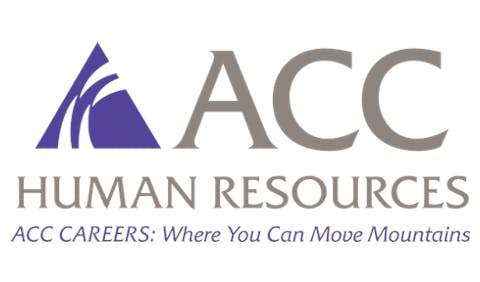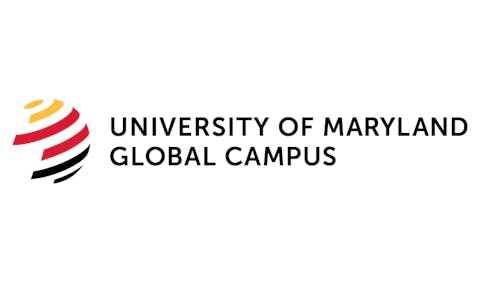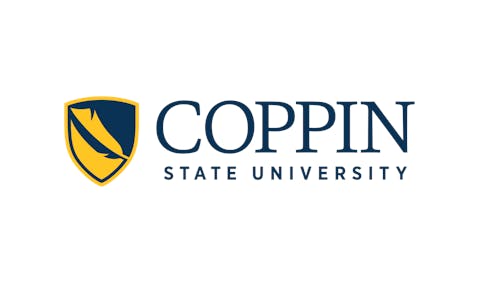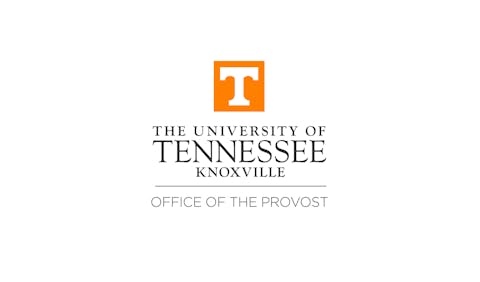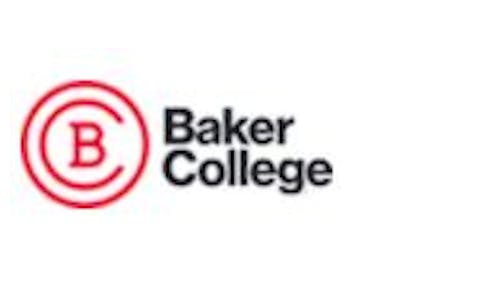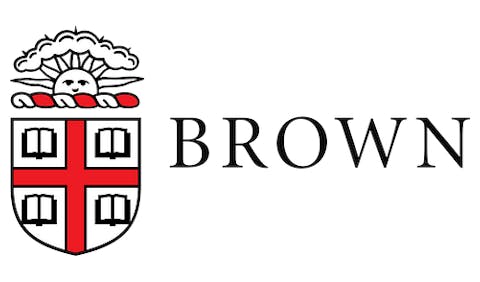
For instance, folks tend to move to spaces where one might find great schools, great teachers and more without ever thinking about what “great” might mean. Ask a realtor what they mean by great schools. Good test scores. Good grades. Blue ribbon schools. Where are the “good spaces” located, and who tends to teach, administrate and attend those “good” schools? Located in those good schools, one can assume would be good teachers. In fact, one of the leading criteria for assessing those “great schools” is whether a teacher has significant instructional experience. However, if one has had years of experience teaching in “good schools” and those schools tend not to be diverse, I would argue that an institutional racism problem may also reside in those “great schools.”
In fact, since racism is a part of the very cultural fabric in which we live in the United States, it often goes unnoticed, ignored or denied. Racism becomes much like the air in which we breathe … normal. Most folks have no reason to dare or even think about questioning that which is normal — that which is business as usual. Because this peculiar institution, racism, becomes a part of the very structure in which one resides, operates and works; institutions and organizations also yield to structurally racialized spaces. Institutional racism is a powerful system of privilege and power based on race. Those powerful structures begin and are perpetuated by seemingly innocent, normal events and daily occurrences and interactions.
I ask folks to think about events that you have attended and who is in attendance. Think about neighborhoods in which one lives, schools attended, parks visited, visiting the homes of friends, parties, weddings, everyday functions. What do the demographics of those events look like? Those events seem so innocent, seem so normal. However, if most folks spend time with folks who look exactly like themselves, how are relationships formed with anyone who might be different — in terms of race? When those same folks who have never been exposed to difference enter institutions and organizations that purportedly “embrace and celebrate diversity” — how does one embrace or celebrate those ideals?
Interestingly, there is a large body of research that clearly suggests that folks tend to hire and rehire folks who tend to act and look exactly themselves. So, exactly what do those organizations mean when they report embracing, celebrating and hiring a racially diverse pool of applicants? Given the statistics about who is typically hired at most organizations — let’s say Fortune 500 companies — I would say that it does not mean much, other than those organizations might just have a structural racism problem, given their hiring practices.
How are the roots of structural and institutionalized racism formed? It’s subtle. It seems normal. It seems innocent. That is the way that institutionalized racism works; it is rooted in the core of one’s everyday existence yet it is easy to detect if we just look and assess.
- If you live in the United States and you have never been around anyone or very few people of color, you may just be a part of a structurally racist system. [You might also claim that some of your best friends are, but if you have to count, then there is still a problem]
- When buildings are erected in the name of someone and the someone is never a person of color, then you might be sending messages to everyone about folks who are powerful, smart and valued. That is how institutionalized racism works.
- When pictures of presidents, board members, award-winning whomevers are hung, and they do not depict a demography that matches that of the state, city or the country, then your organization might have an institutional racism problem.
- Look at the organizational structure to which you belong. If the organization is disproportionately White in all upper levels positions, and all of the folks in lower level positions are folks of color, then your organization may have an institutionalized racism problem.
- Take a look at the hires in your own department. If it is all White, then you may just have an institutional racism problem. In addition, if the department has hired one person of color, and claims or believes that diversity goals have been met, you still have a problem.
- When you and the administration can name the one or two folks of color who are routinely asked to reside on every committee in your organization, then you might have an institutionalized racism problem. [BTW, folks of color can name the one or two “usual suspects” in their organization.]
- If those same folks who serve are always the same ones — the “usual suspects” — you might ask why? Often times, the “usual suspects” are chosen to serve because there are few folks of color in the organization, yet sometimes, the “usual suspects” are chosen because administrators are most comfortable with some people of color. Everyone has a unique biography, consciousness and reaction to oppression. In fact, those “biographies,” one’s consciousness, and or dispositionality, can resonate with those in power. In other words, the “usual suspects” will often receive nominal gratuitous rewards — appointments to menial positions, important hiring committees and some even receive “awards” for keeping their mouths shut. So yes, you may have still have an institutional racism problem.
- Take a look at who receives highly honored awards in your organizations … and ask why they receive them? [For instance, regarding institutions of higher education, look at endowed chairs, chancellor’s professors, even teaching awards]. You may have an institutionalized racism problem if there are few or no folks of color in the pool. Also note that if the award is granted for something diversity related, people of color tend to receive them. Again, see number 4 and ask whether the institution is rewarding the often accommodating “usual suspects.” Again, this may be an indication of a problem with institutionalized racism.
- When you are constantly looking for the “right fit,” and the “right fit” tends to always look like the rest of the folks that you have hired already, then you just might have an institutional racism problem.
- When given a chance to hire someone of color, but instead someone from your hiring committee or upper-level administration chooses to make a phone call to someone that they have known, and again, they tend to “fit” and look exactly like the majority of the institution, then your organization might have an institutionalized racism problem.
Institutionalized racism occurs in a number of spaces and organizations. While I have made reference to employees, please know that students throughout the P-20 pipeline are the victims of institutionalized racism. Take a look at who is considered to be gifted and talented. Who is typically awarded advanced placement status? Who is most often referred to special education? Who is disproportionately expelled and suspended for minor infractions (if we must refer to an eye roll as an infraction. Sometimes I don’t know how I made it through high school given the number of eye rolls delivered on a daily basis.)
Again, since racism is so deeply embedded in our culture, we cannot assume that those who benefit from a powerful system of privilege built on race will somehow learn to see or even want to see inequity and institutionalized systems of racism overnight. Yet, what messages do we send to younger human beings when everyone who resides in the neighborhood, attends school and other events, goes to the grocery store, or even attends worship service (which is by the way, the most segregated day of the week) is the same. Harrowing as it might seem (at least I think so), never exposing young folks to difference — any kind of difference — perpetuates the madness of institutionalized racism. However, if we think about it, and we truly want to end racism, then the first step is to recognize that we have a problem.
Robin L. Hughes is an associate professor in higher education student affairs in the School of Education at Indiana University. She focuses on issues of race and sports in education and in society.










